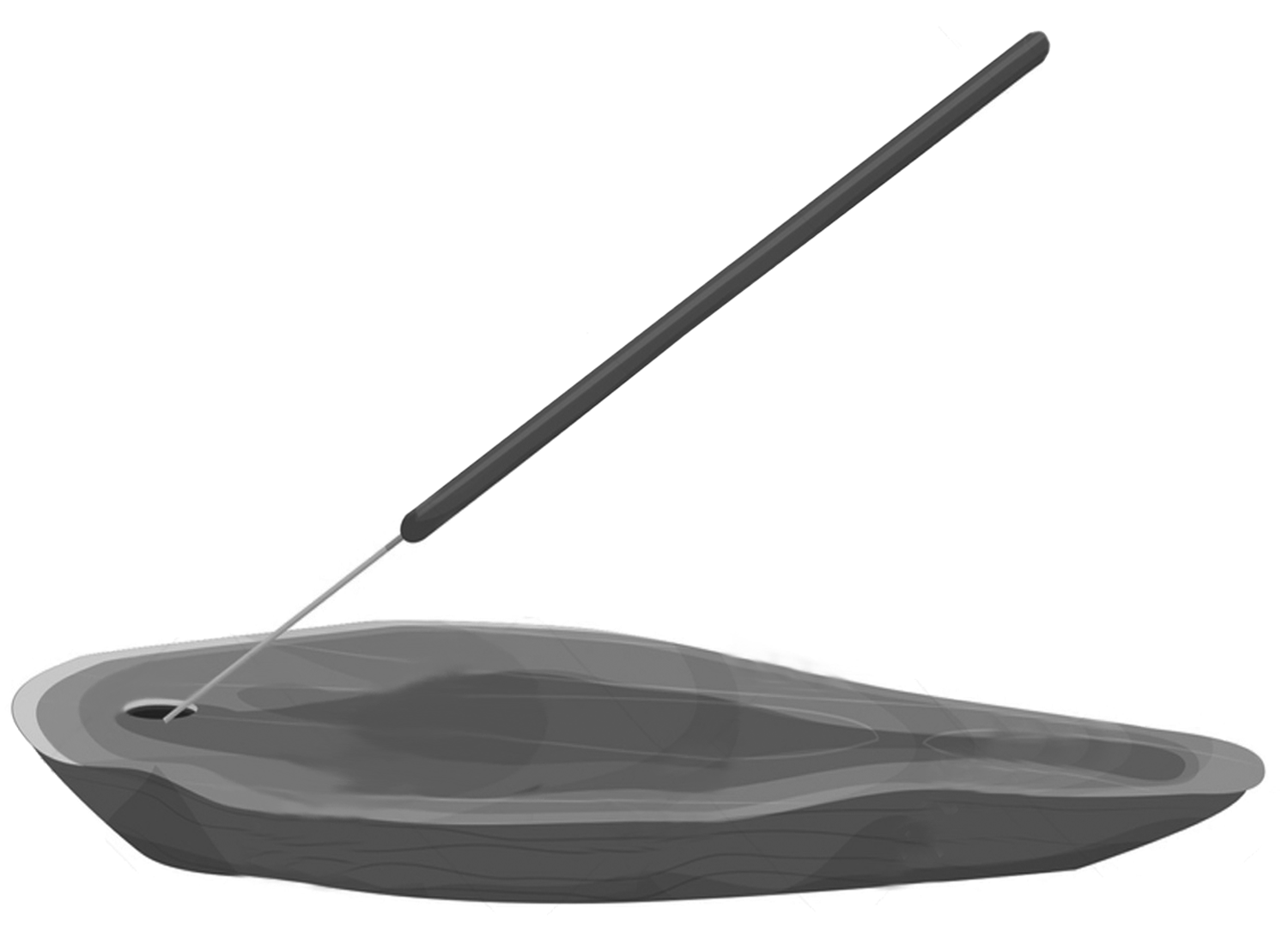Product Description
Ruby - Raw (untumbled).
20 carats - (example would be a few of the small stones from stock image or 1 - sold by weight.)
Ruby is a quite magical stone.
The Ruby zodiac, myth & legend
For a long time India was considered as the classical source of rubies. In the Sanskrit language ruby is called "ratnaraj", which translates as "King of Gemstones".
In ancient times one of the chief attractions of ruby has been its protection from misfortune and bad health.
Ruby is the birthstone for those who are born in July. On the Zodiac chart, ruby is the stone for Capricorn.
Ruby is also used to celebrate a couple's 15th and 40th anniversary.
In Antiquity, as well as in the Middle Ages people believed that the cosmos is reflected in gemstones. The ruby is assigned to the planets Mars and Pluto. The esoteric movement revived the ancient belief and the gem industry made it another marketing tool to promote certain gems.
The healing powers of gems remain a controversial issue, but are mentioned for centuries by healers, shamans and medicine men. Whether it's a fact or a placebo effect doesn't matter, if it helps. The safest approach is to wear the gemstone in skin contact to the troubled part of the body. Ruby is said to be a general health protection and a help for backache and toenail problems.
This stone is small, 14Cts weight, length is around 1"
Introduction
Ruby is red corundum, all other color varieties of corundum being referred to as sapphire. Corundum is the second hardest substance on the Mohs scale, with a rating of 9. Diamond tops the scale with a rating of 10. Excellent hardness combined with the rich color and silky shine makes fine ruby so valuable and secures them a position as one of the so-called "precious" gemstones.
Ruby is named after the Latin word "ruber" for red. Ruby is one of the most expensive gems, large rubies being rarer than comparable diamonds. Many rubies are an essential part of royal insignia and other famous jewelry.
Ruby is the birthstone for those who are born in July. Ruby is also used to celebrate a couple's 15th and 40th anniversary.
Ruby Gemstone
Click to Enlarge
Ruby colors
Buying Ruby
Where is Ruby found?
Common Ruby Treatments
World-famous Ruby
Ruby gemology
Ruby legends & lore
Ruby colors
Rubies range in color from pinkish to orangey and purplish and brownish red, depending on the chromium and iron content of the stone. The most desirable color is the so-called "pigeon's blood", a pure red with a hint of blue.
Buying Ruby
Color is the most important consideration, with clarity a distant second. Large rubies are rare.
Color
The most desirable color is the so-called "pigeon's blood", a pure red with a hint of blue. Color saturation makes all the difference.
Lighting
Ruby shows pleochroism which means that the color varies with the direction of viewing. Stones displaying the cat's eye or star effect effect are best viewed in daylight.
Many rubies will fluoresce in long or short wave UV and this property can often be used to help identify a stone's geographic origin. Burmese rubies often fluoresce so strongly that the effect is noticeable even in sunlight; such stones seem literally to glow. Thai rubies generally lack this property.
Clarity
Inclusions are common in ruby and not always an indication of lower quality. Included rutile needles cause the "silky shine". If such a stone is cut en cabochon it exposes the rare cat's eye effect. Oriented rutile crystal inclusions cause a six-rayed-star light effect (called asterism) to form the popular star ruby.
Description and information card included











